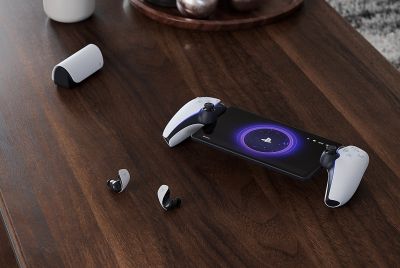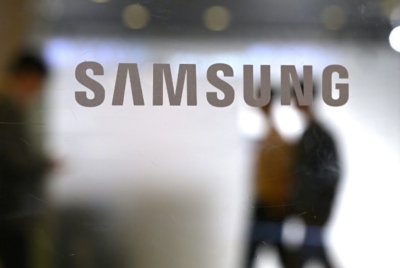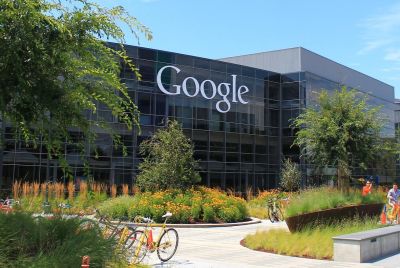Can Microsoft's Latest Superintelligence AI Really Predict Disease Years In Advance? Here's What We Know
Inside the technology powering Microsoft's superintelligence and its promise for early medical prediction

Microsoft has unveiled a high-stakes initiative under its AI division that could redefine the future of medicine. Far from just dabbling in healthcare tech, the company aims to build an artificial intelligence system that can perform at 'superhuman' levels in medicine, capable of early disease detection faster than traditional routes. But can this highly ambitious project truly live up to the promise of predicting disease years in advance? And what exactly does this mean for patients, doctors and the medical field at large?
How Microsoft AI Performed In Medical Tests
Microsoft has formed a dedicated team called the MAI Superintelligence Team tasked with revolutionising medical diagnostics. According to the company, the goal is not to chase vague general purpose artificial intelligence, but to build a 'humanist superintelligence' with defined domain specialities like medicine and healthcare.
The rationale is simple: earlier detection leads to more treatable outcomes and, ultimately, longer, healthier lives. In its own research, Microsoft introduced an AI system called the MAI Diagnostic Orchestrator (MAI‑DxO), which was tested on 304 very complex case studies from The New England Journal of Medicine (NEJM). Remarkably, it achieved a diagnostic accuracy of up to 85%, far higher than the ~20% achieved by a group of actual physicians in the same test. That performance suggests that Microsoft's AI is already operating at a level that merits serious attention across both the technology and medical sectors.
READ MORE: AI Gold Rush: Nvidia Rockets To $5 Trillion In Market Value & Why It Should Terrify Rivals
READ MORE: Is Google Investing Billions in Anthropic? Move Considered a Bold Response to Openai's Atlas
Can AI Predict Medical Diseases In Advance?
When the word 'predict' is used, many imagine an AI reading someone's genome or lifestyle and telling them they will develop a disease five years down the road. However, Microsoft's statements suggest that its AI could help detect preventable disease earlier and thereby add 'healthy years' to life. That promise involves many layers of technology including analysing initial symptoms, ordering tests, reasoning through those results, and arriving at a diagnosis or risk assessment.
In the case of MAI-DxO, the system mimicked a panel of experts as it reportedly used a 'chain of debate' approach. It orchestrated multiple large language and specialist models like OpenAI, Meta, Anthropic, Google, xAI and DeepSeek to choose follow-up tests and refine hypotheses.
What this means for prediction is that the system is mainly dealing with known disease episodes rather than ultra early, symptomless risk conditions. For example, it excels at diagnosing complicated presentations, not necessarily detecting silent disease progression. Hence, while Microsoft may frame its work as a path to superintelligence in medicine and earlier detection, the real world capability to predict disease years down the line is still emerging but very promising.
Can Microsoft AI Replace Doctors?
The achievements in controlled benchmarks as per Microsoft's reports are indeed impressive, but there are important caveats before claiming its AI can outpace doctors in real-world settings. Firstly, the physician group in the MAI-DxO trial lacked typical tools such as textbooks, colleagues or AI assistants as per their own report and these are conditions that aren't representative of real care environments.
Secondly, although Microsoft emphasises its tool performed at high accuracy and cost-effectiveness, it also acknowledges that more testing is needed in routine clinical contexts and less complex cases. Thirdly, the notion of 'disease years in advance' often implies risk modelling, prevention, lifestyle and long-term monitoring, which are areas with additional regulatory, ethical and data governance issues.
Microsoft itself describes its work as a 'first step' toward augmenting clinicians and enabling self care, rather than replacing human judgement of doctors entirely.
From a technology and medicine standpoint, the leap from diagnosing challenging existing cases to forecasting previously undetected disease progression remains very important. The reality is that lifestyle, environment, genetics and countless subtle factors shape disease outcomes and models need not only generate accurate diagnostics but rich longitudinal data and proven validation to claim earlier prediction reliably. So the question of replacing actual human doctors is not just premature, it may not even be necessary yet.
© Copyright IBTimes 2025. All rights reserved.




















